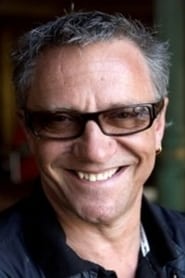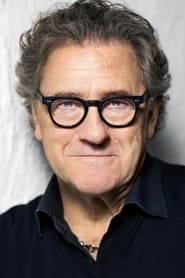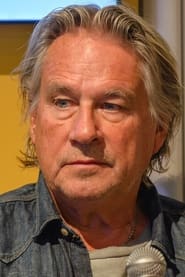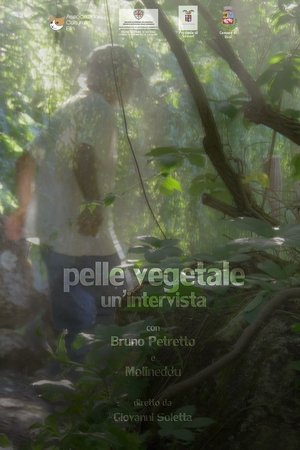

Art is More Precious Than a Hot Dog(1980)
"Art is more precious than a hot dog" - Francis Picabia's (1879-1953) pamphlet is the title of this color animation of Cartsen Regild's art and the studio recording in black and white.

Movie: Art is More Precious Than a Hot Dog
Top 7 Billed Cast

Konst är dyrbarare än korv
HomePage
Overview
"Art is more precious than a hot dog" - Francis Picabia's (1879-1953) pamphlet is the title of this color animation of Cartsen Regild's art and the studio recording in black and white.
Release Date
1980-10-10
Average
0
Rating:
0.0 startsTagline
Genres
Languages:
Keywords
Similar Movies
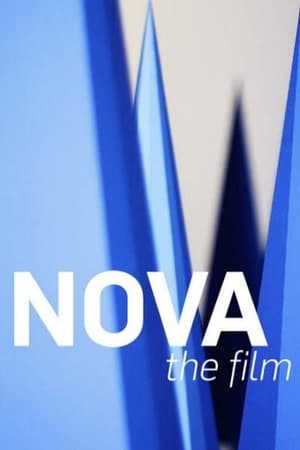 0.0
0.0Nova the Film(en)
An inspiring 75min DIY documentary film on new art and the young artists behind it. It was all filmed on the heat of live action of the first NOVA Contemporary Culture Festival, July and August 2010 in São Paulo, Brazil.
Variácie slávy(sk)
W. A. Mozart's childhood was very busy, connected with constant travelling, full of fame and admiration. His father Leopold, an accomplished musician, led his son purposefully towards the role of child prodigy. However, their travels in Europe were not only associated with success, but also with the family's struggle for subsistence and the mother's eternal fear for the fragile health of her children. And so we follow Mozart's first steps in the world of music to the premiere of his first opera, La finta semplice, which he wrote at the age of twelve.
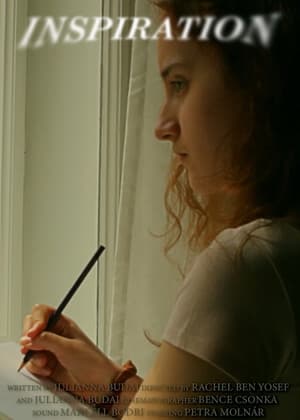 10.0
10.0Inspiration(en)
Leia can't seem to find anything in her surroundings that would help her get some inspiration for her drawing. She feels stuck and burnt out until she has a dream that finally gives her the motivation she needed. She then realizes that you can't force art, it comes unexpectedly and naturally.
Koenigs Kugel - Der Bildhauer und der 11. September(de)
Adlon recounts the making of the sculpture, "Kugelkaryatide" the sphere that stood in the center of Tobin Plaza between the two towers of the World Trade Center. The film follows the sculpture from its creation as the largest bronze sculpture of recent times to the aftermath, where it now stands, heavily scarred, in Battery Park.
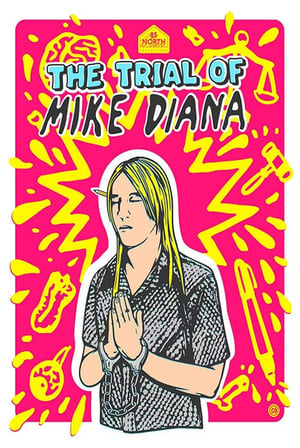 7.7
7.7Boiled Angels: The Trial of Mike Diana(en)
Florida, 1994. Artist Mike Diana is convicted on an obscenity charge in the wake of an undercover police officer purchasing his limited edition zine Boiled Angel. Here is the very unusual story of what led to this First Amendment debacle happening for the first time in the United States.
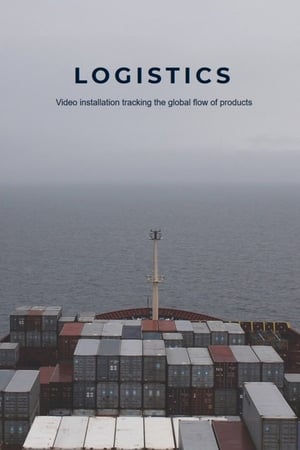 7.6
7.6Logistics(xx)
Logistics or Logistics Art Project is an experimental art film. At 51,420 minutes (857 hours or 35 days and 17 hours), it is the longest movie ever made. A 37 day-long road movie in the true sense of the meaning. The work is about Time and Consumption. It brings to the fore what is often forgotten in our digital, ostensibly fast-paced world: the slow, physical freight transportation that underpins our economic reality.
 7.0
7.0Botticelli – Inferno(de)
The Renaissance master Botticelli spent over a decade painting and drawing hell as the poet Dante described it. The film takes us on a journey through hell with fascinating and exciting insights into Botticelli's art and its hidden story.
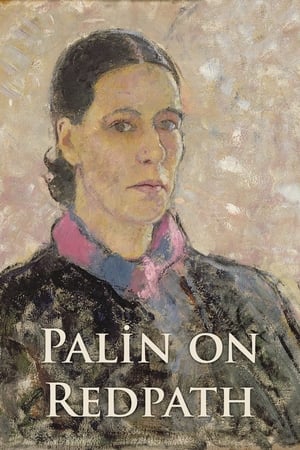 0.0
0.0Palin on Redpath(en)
Michael Palin travels to France in search of the Mediterranean view on his wall, captured by his favourite artist, Scottish painter Anne Redpath. He travels from a London bank, via a chateau in Cap Ferrat and a monastery in Edinburgh.
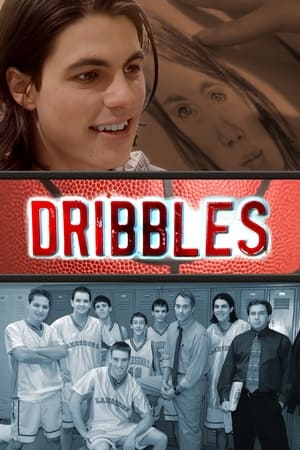 0.0
0.0Dribbles(en)
A talented high school artist who's never played organized sports attempts to win a state championship basketball jacket and prove himself to his runaway father.
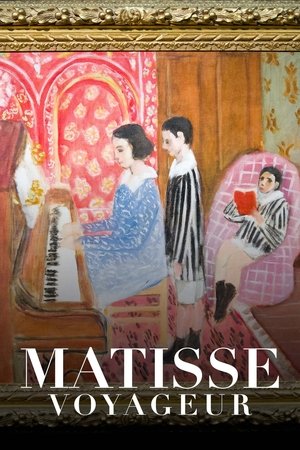 8.0
8.0The Voyages of Matisse, Chasing Light(fr)
On the occasion of the 150th anniversary of Matisse's birth and of the exhibition at the Center Pompidou which will be dedicated to him in 2020, this art documentary brings us back to life of the journeys made by Matisse that influenced his art. And particularly his last trip to Polynesia in 1930 which will bring him to the threshold of contemporary art with the invention of his gouache cut-out papers.
 10.0
10.0The Art of Protest(en)
Welcome to a never-before-seen tour of the creations by resistance artists around the world. From the streets of Moscow to the shores of Los Angeles and featuring interviews with Tom Morello, Dave Navarro, Moby, Shepard Fairey, and more, this powerful film brings a message of hope and change through radical resistance and righteous social uprising.
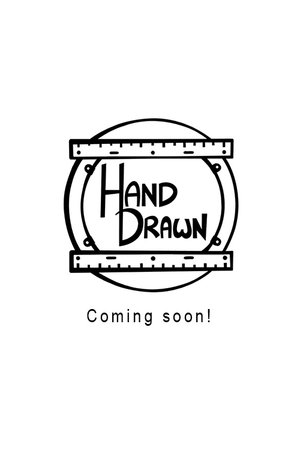 0.0
0.0Hand-Drawn: Documentary(en)
An indie documentary exploring the art form of hand-drawn animation through a contemporary lens in the digital era. Featuring insights and anecdotes by hand-drawn animation artists from around the world.
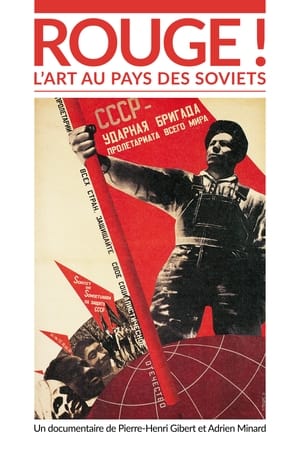 7.8
7.8Rouge ! L'Art au pays des soviets(fr)
In the Russian Empire of the 1910s, a group of visionary painters revolutionized the aesthetic norms of their time and opted for radical abstraction. In the years between the seizure of power by the Russian Bolsheviks and Stalinism in the 1930s, the avant-gardists developed a new form of art that ushered in modernism.
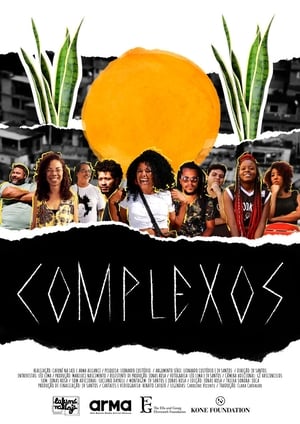 6.0
6.0Complexes(pt)
The short documentary ‘Complexos‘ features intimate and emotional views on how residents of favelas in Rio de Janeiro use media and arts to raise their voices and act for justice, dignity and respect. ‘Complexos’ is part of a collaborative process between the Finland-based Anti-Racism Media activism Alliance (ARMA Alliance) and the favela-based audiovisual collective Cafuné na Laje.
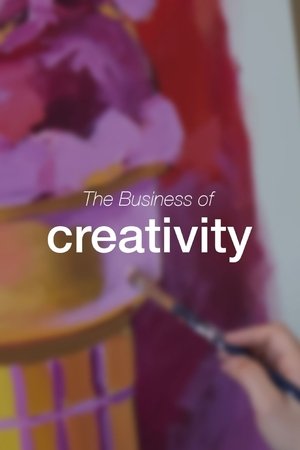 10.0
10.0The Business of Creativity(en)
Going into my interview with Laurel Greenfield, I thought the majority of our conversation would be about her inspiration for painting food and why she chose to pursue painting as a career. We spoke about that but ended up having a much bigger conversation about pursuing a creative career. We talked a lot about finding the balance between having a business plan and taking a leap of faith into the unknown, something anyone pursuing a creative field on their own can relate to.
 0.0
0.0César sculpteur décompressé(fr)
Nothing destined this child born in Marseille in 1921, and from a modest background, to become an avant-garde artist. At 12 years old, the one who is still called César Baldaccini works to help his father, but also studies drawing. In 1943, he moved to Paris and enrolled in the Beaux-Arts. He chose sculpture, an expensive art for this penniless student. From the 1950s, he shaped fine animals from metal debris collected in factories. This alloy between his Mediterranean imagination and these industrial materials earned him the attention of Picasso. But in 1960, this instinct, now in vogue, brought about a radical change. Fascinated by hydraulic presses, he presented three compressed cars at the Salon de Mai. The artist stands aside in front of the machine, and the morbid aesthetic of the breakage radiates the sculpture. Outcry!
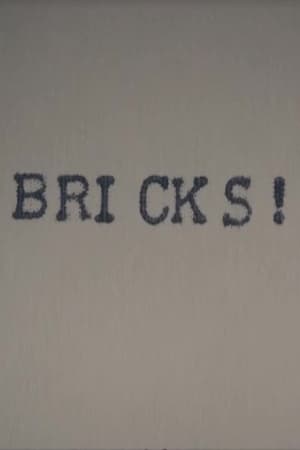 8.0
8.0Bricks!(en)
In 1976, the Tate Gallery exhibited an experimental artwork that became a national sensation - Carl Andre's Equivalent VIII, or, to its detractors, 120 bricks laid on the floor. This documentary explores the origins of Andre's work and the extraordinary fallout from its exhibition.
 6.2
6.2The Grapes of Wrath: The Ghost of Modern America(fr)
In April 1939, "Grapes of Wrath" entered the pantheon of literature with a bang. Americans are at loggerheads over the odyssey of the Joad family, tenant farmers from Oklahoma who, like thousands of others, were driven from their land during the Great Depression. Eighty years have passed since the famous work was published, and 90 years since the beginning of the Great Depression in 1929. To mark this occasion, the documentary examines the genesis of the novel, its themes, its renewed reception during the financial crisis of 2008.

